Rickenbacker 325 Bass 3 (1/3)




This was my third go at a 325 bass. The first one was unbalanced with this long neck, and the second suffered a router mishap. Eventually, I salvaged both of those, but first I took all the good parts and did this. Fender-type alder body with 3-tone sunburst, single binding. Surface-mounted pickups, active electronics. Finished entirely in polyurethane.

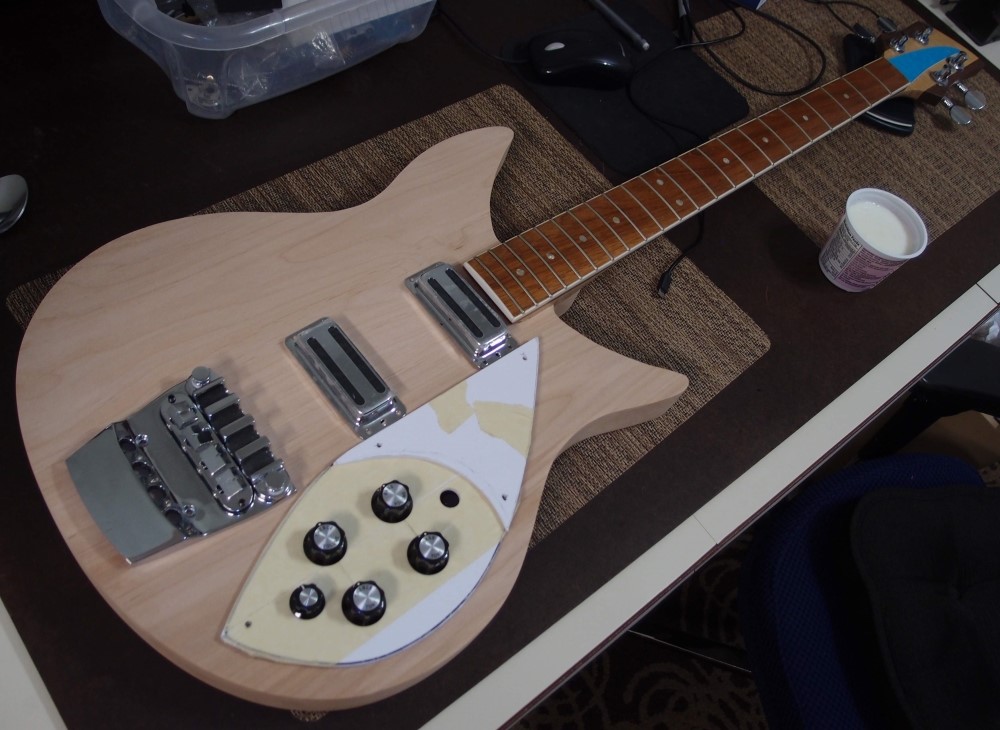
The geometry of the neck over the tall pickups is giving me some problems. I'm just going to let it settle for a while, let the neck take its set. Here are the specs:
- Neck: 32" bolt-on maple/Bubinga, with a mahogany strip and walnut wings, brass nut
- Body: alder, 3-tone burst, black back, single bound, back cutaway
- Electronics: surface-mount humbuckers, 3-way active controls with passive backup
I suppose my goal was to get all the details right while getting the whole thing wrong. This is a Ric if Fender built them. To finish it with a Ric logo would be courting Ric's hyperactive legal department, so I used a Fender decal that I had lying around. I think that really completes the theme.
Right now, it actually doesn't play too bad, considering I am probably going to have to re-cut the neck heel to get everything lined up the way I want. It sounds like a real Rickenbacker ( I have one ) minus the single-coil noise.
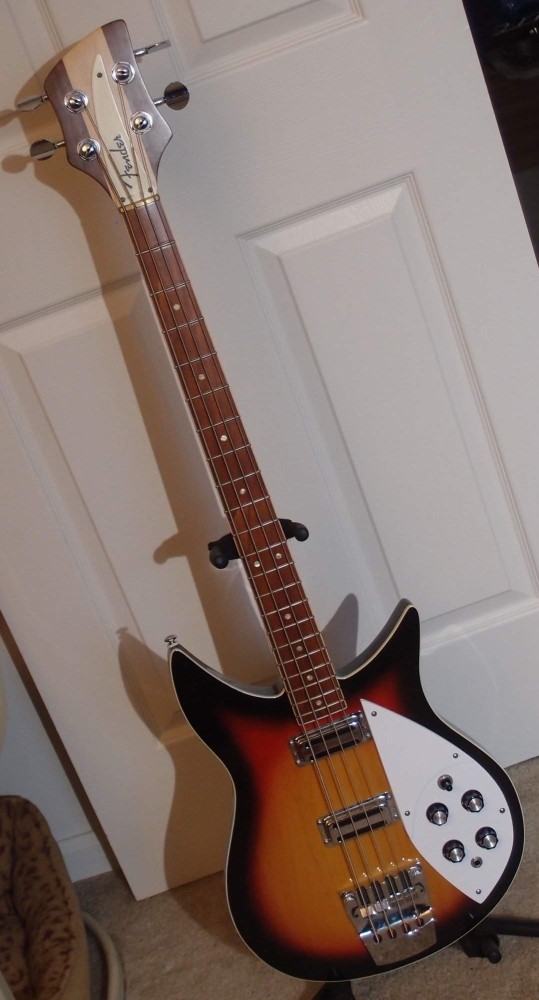
The scale is 32". A Ric is 33.25". I only have tooling to make Fender scales: 34, 32, 30.5, on down. 32" is probably my favorite - doesn't feel short, but a lot less stretching and reaching than 34". In other words, it fits a human hand better than Leo's 34" mistake. I don't find the difference between 33.25 and 34 to be very noticeable. On the other hand, 34" keeps guitarists at bay.

Been doing some setup and fret work. The action is good, but I will get it lower in time. I find initial setup is an iterative process that can take several weeks. It is something that is well worth learning.
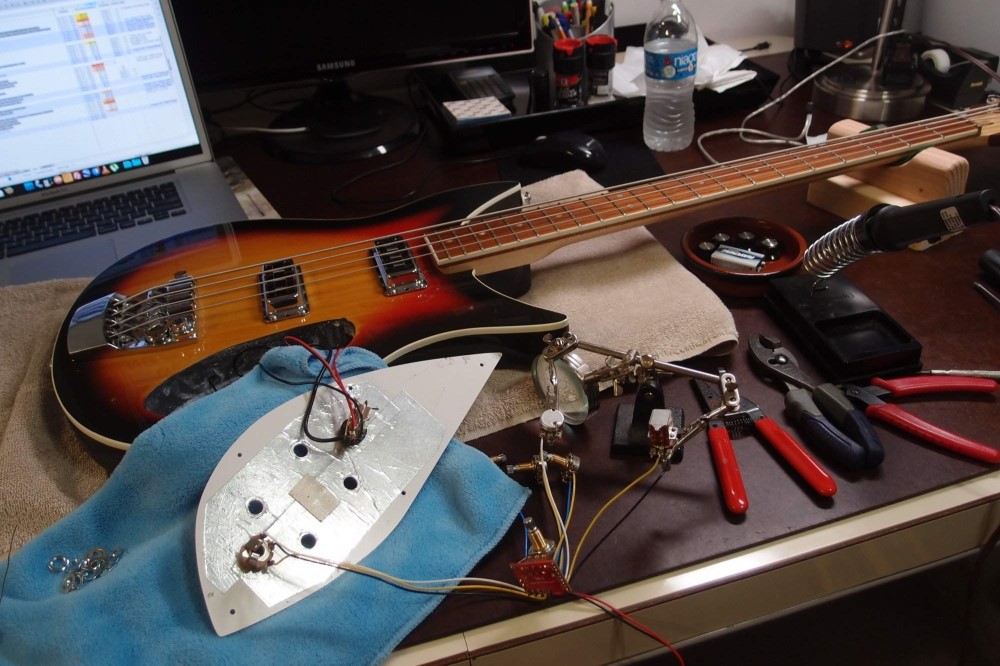
The bargain Chinese ** 3-band eq I had installed sucked, so I ordered a good SBK-3 from Guitar Fuel, and here I am putting it in. This is a huge improvement. The Chinese electronics murdered all the dynamics, the instrument sounded much better with the passive switch pulled. The new electronics are a near-perfect match for the passive output when everything is set flat, but also allows three bands of boost/cut. The newest versions of the SBK series come with a solder-free pickup connection on the balance pot. However, I replaced the balance pot with a switch, and the volume pot with a switching pot. In hindsight, it would have been better to remove and short out the stock volume pot and replace it with a conventional one upstream. That would leave me with a passive volume control. But done is done.
** Please don't call me racist or anything. If something comes from China, then it is Chinese. A lot of inexpensive guitar parts ( and a lot of other stuff ) come from China. Some of them are good, and some are not so good, and some are awful. Guitar Fuel's electronics bear more than a passing resemblance to Artec products, but with enhancements. Artec is in South Korea. Korean parts are first-rate.

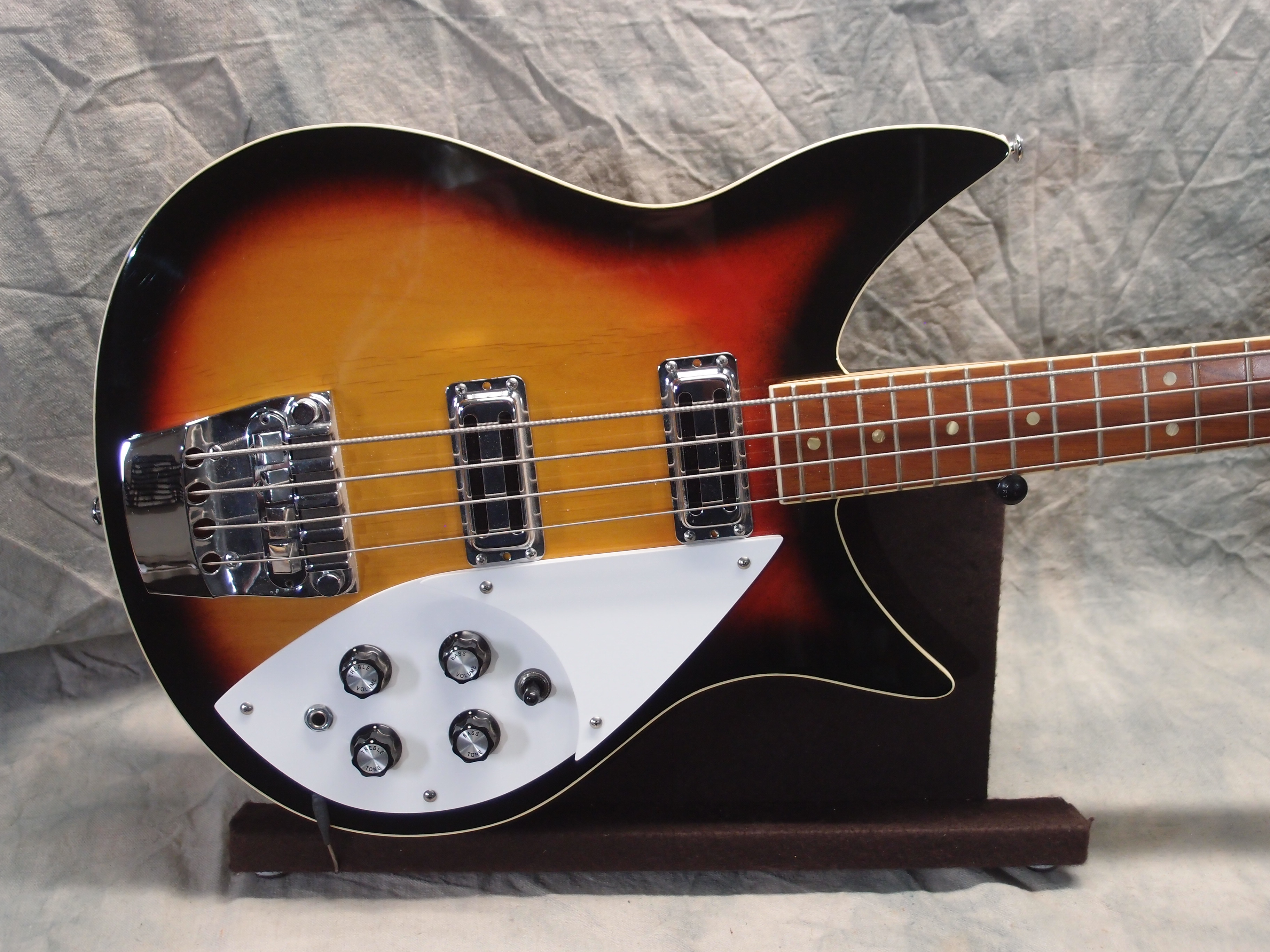

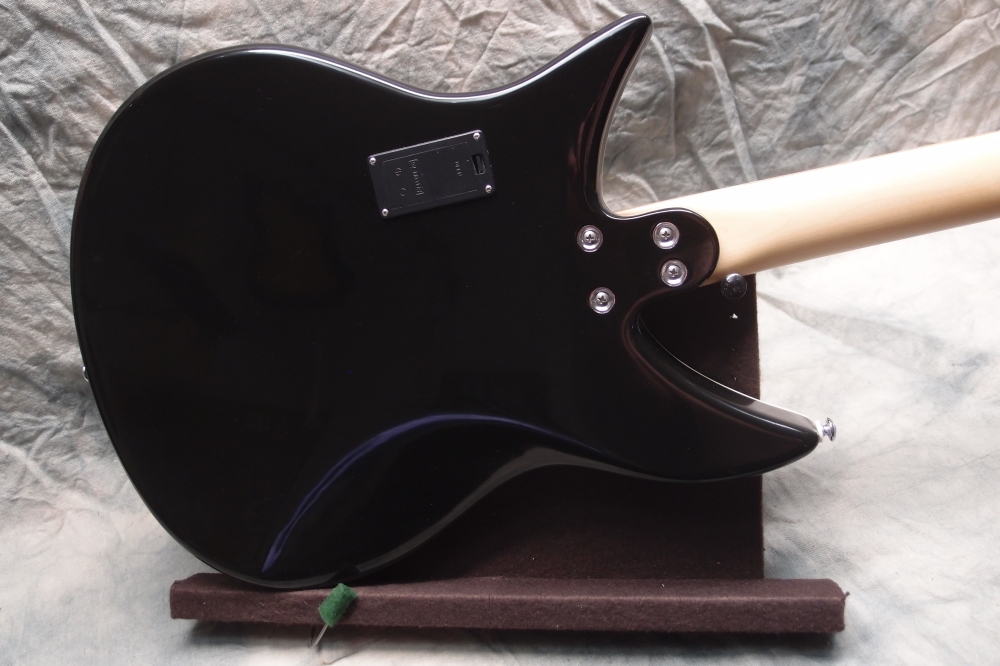

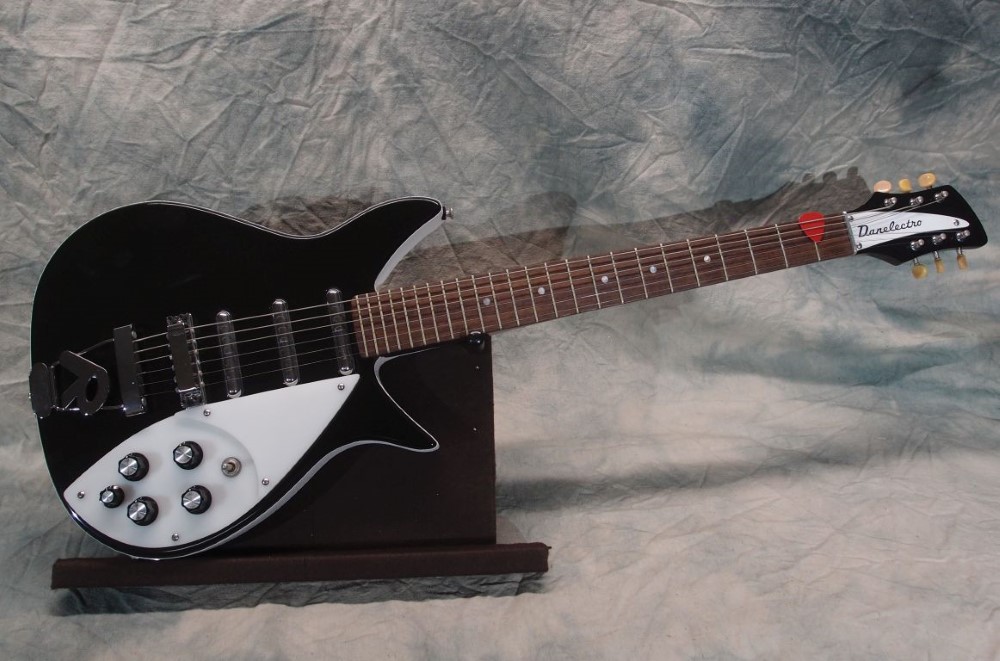
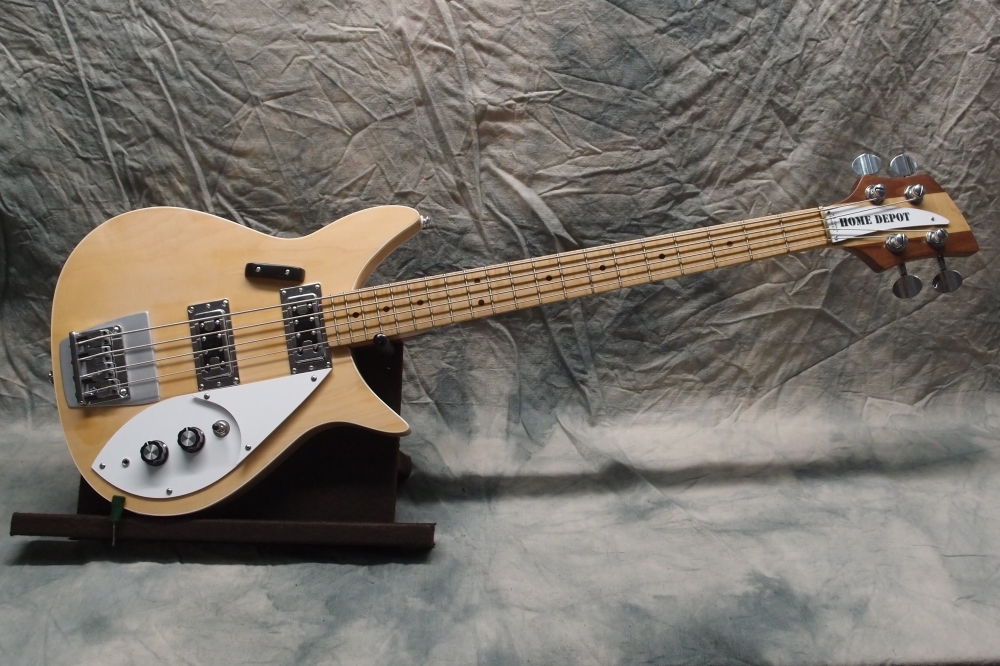
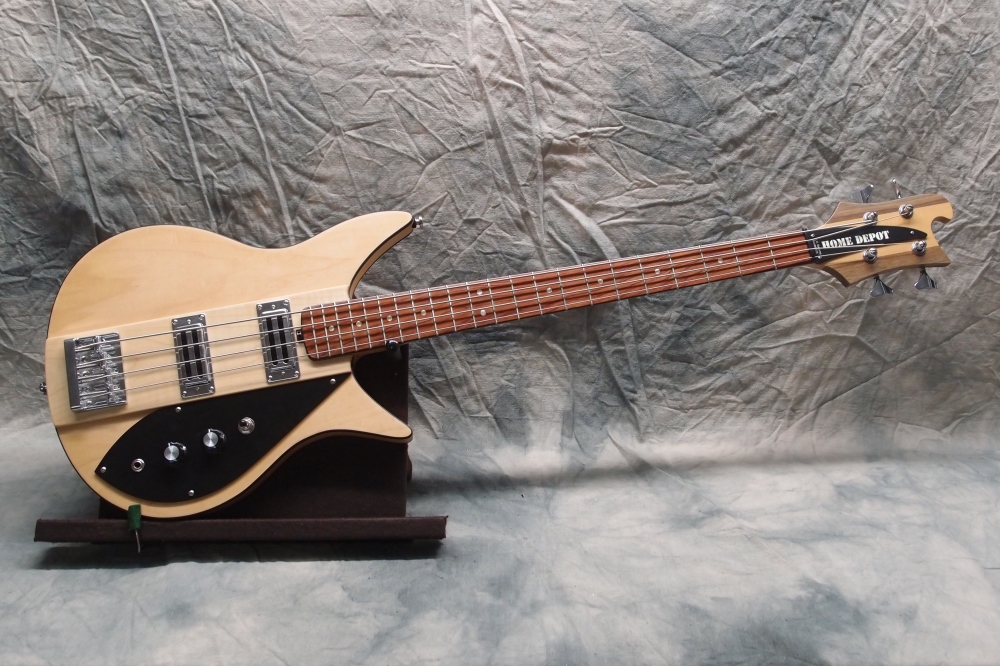

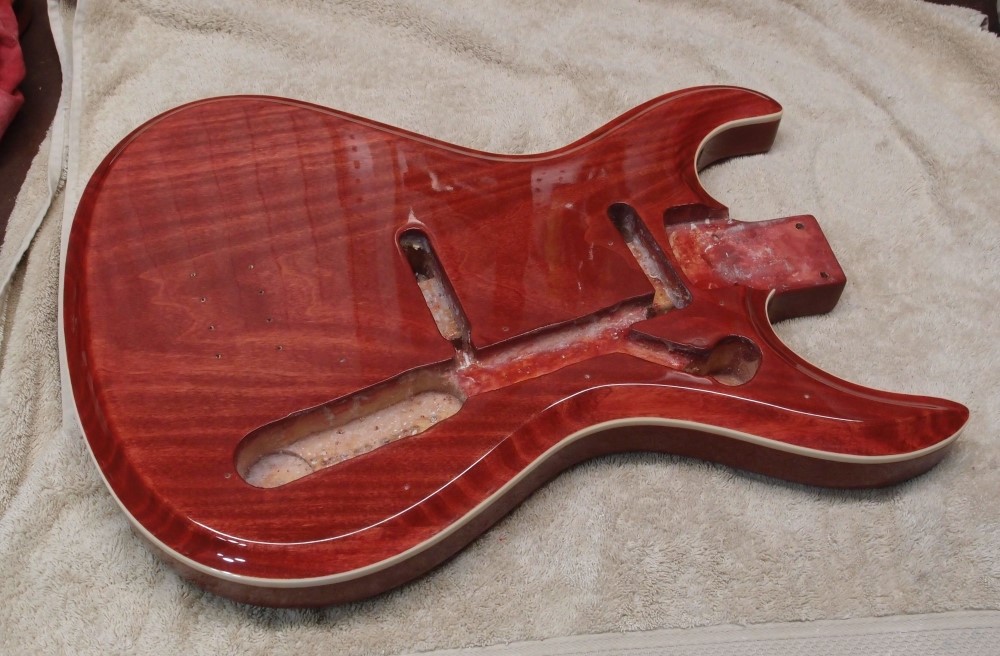
Questions or Inquiries?
Just want to say Hello? Sign the .